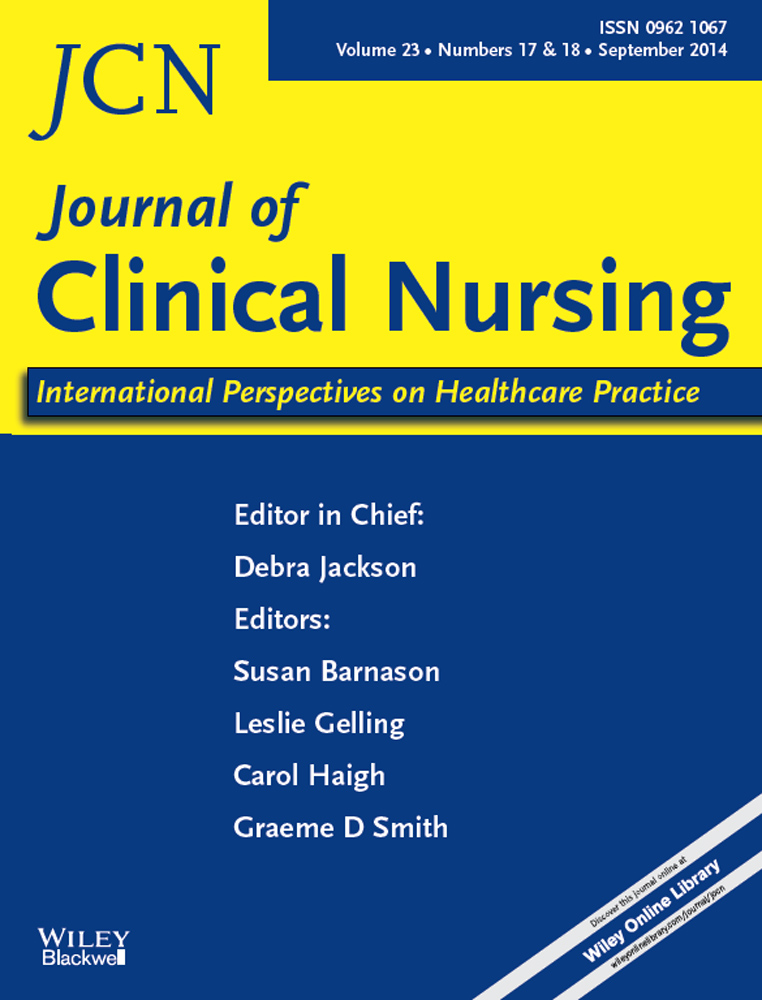The transition of a large-scale quality improvement initiative: a bibliometric analysis of the Productive Ward: Releasing Time to Care Programme
Abstract
Aims and objectives
To examine the literature related to a large-scale quality improvement initiative, the ‘Productive Ward: Releasing Time to Care’, providing a bibliometric profile that tracks the level of interest and scale of roll-out and adoption, discussing the implications for sustainability.
Background
Productive Ward: Releasing Time to Care (aka Productive Ward) is probably one of the most ambitious quality improvement efforts engaged by the UK-NHS. Politically and financially supported, its main driver was the NHS Institute for Innovation and Improvement. The NHS institute closed in early 2013 leaving a void of resources, knowledge and expertise. UK roll-out of the initiative is well established and has arguably peaked. International interest in the initiative however continues to develop.
Methods
A comprehensive literature review was undertaken to identify the literature related to the Productive Ward and its implementation (January 2006–June 2013). A bibliometric analysis examined/reviewed the trends and identified/measured interest, spread and uptake.
Results
Overall distribution patterns identify a declining trend of interest, with reduced numbers of grey literature and evaluation publications. However, detailed examination of the data shows no reduction in peer-reviewed outputs. There is some evidence that international uptake of the initiative continues to generate publications and create interest.
Conclusions
Sustaining this initiative in the UK will require re-energising, a new focus and financing. The transition period created by the closure of its creator may well contribute to further reduced levels of interest and publication outputs in the UK. However, international implementation, evaluation and associated publications could serve to attract professional/academic interest in this well-established, positively reported, quality improvement initiative.
Relevance to clinical practice
This paper provides nurses and ward teams involved in quality improvement programmes with a detailed, current-state, examination and analysis of the Productive Ward literature, highlighting the bibliometric patterns of this large-scale, international, quality improvement programme. It serves to disseminate updated publication information to those in clinical practice who are involved in Productive Ward or a similar quality improvement initiative.




